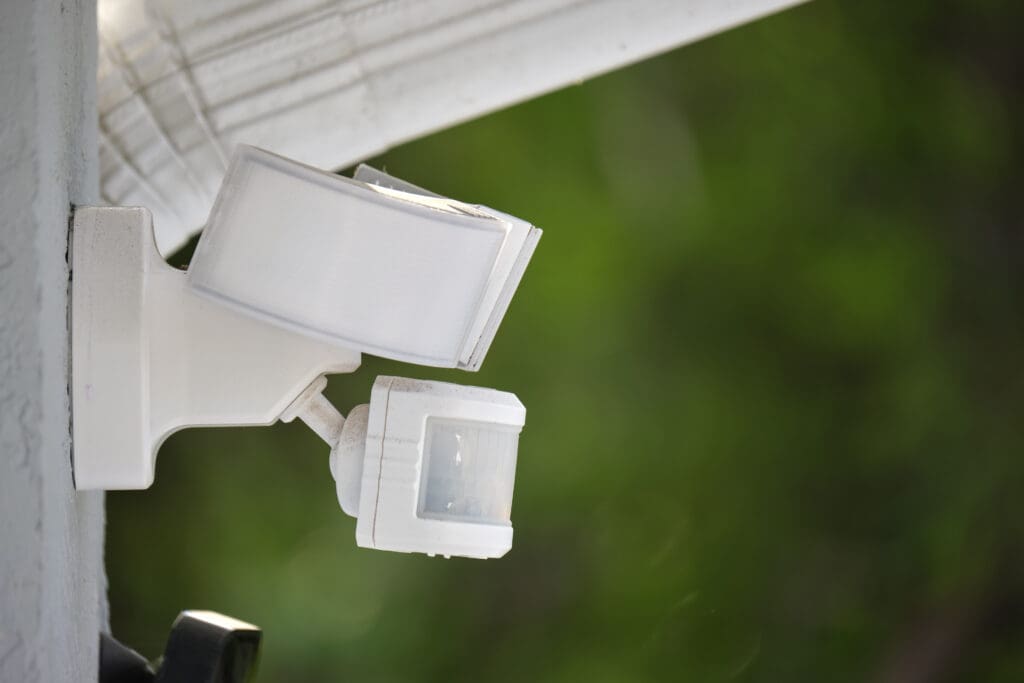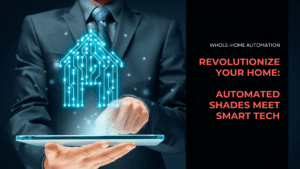Key Highlights
- Intelligent Lighting Systems are transforming how we light spaces, offering unparalleled control and efficiency.
- From concerts and theaters to city streets, intelligent lighting systems have a wide range of applications.
- Energy savings, enhanced safety, and customizable ambiance are just a few of the benefits offered.
- Explore the evolution of lighting tech, from basic incandescent bulbs to sophisticated LED fixtures with advanced control systems.
- Discover how smart lighting is shaping a brighter and more sustainable future.
Introduction
In a world increasingly driven by technological innovations, Intelligent lighting systems offer a revolutionary approach to illumination. This technology empowers users with complete command over their lighting environments. Through an intelligent lighting platform, users can manage and customize lights remotely, enabling dynamic control that enhances ambiance, safety, and energy efficiency across diverse applications.
Understanding Intelligent Lighting Systems

Intelligent lighting systems represent a sophisticated approach to illumination, going beyond traditional on/off functionality. These systems comprise individually addressable luminaires, each equipped with microprocessors and communication capabilities.
In essence, these systems transform simple fixtures into smart devices that can be programmed, monitored, and controlled remotely. This enables dynamic adjustments to color, intensity, and even beam direction, ushering in a new era of adaptable and responsive lighting solutions.
The Evolution of Lighting Technology in the United States
Lighting technology in the United States has undergone a dramatic transformation. We’ve moved from basic incandescent bulbs to fluorescent lights and now to highly efficient, long-lasting LEDs. This transition has been fueled by a demand for greater energy efficiency and sophisticated control.
The development of high output LEDs, in particular, has been a game-changer. These light sources offer exceptional brightness, making them suitable for a variety of applications, from illuminating homes and offices to lighting large stages and stadiums.
Key Components and How They Interact
At the heart of an intelligent lighting system lies the controller. This central hub acts as the brain, sending commands to individual fixtures or groups of fixtures. The controller can be as simple as a wall-mounted panel or as complex as a sophisticated computer system running specialized software.
Fixtures, the workhorses of the system, receive instructions from the controller. These fixtures can be simple white lights with dimming capabilities or intricate RGBW units capable of producing millions of colors.
Communication between the controller and fixtures occurs via protocols like DMX, which allows for precise control over various parameters like color, intensity, and beam movement.
The Benefits of Adopting Intelligent Lighting

The advantages of embracing intelligent lighting are numerous and extend far beyond simple aesthetics. These systems offer tangible benefits that impact energy consumption, safety, and overall operational efficiency.
By adapting to different needs and situations, intelligent lighting helps organizations and individuals optimize their lighting usage for a more sustainable and secure future.
Energy Efficiency and Cost Savings
One of the most compelling benefits of an intelligent lighting platform is its ability to significantly reduce energy consumption. This translates into tangible cost savings, making it an attractive investment for both businesses and individuals.
LED fixtures, inherently energy-efficient, form the foundation of most intelligent lighting systems. Coupled with advanced controls that allow for scheduled dimming, occupancy sensing, and daylight harvesting, these systems can optimize energy usage to an unparalleled degree.
This means lights are used only when and where needed, minimizing unnecessary energy consumption without compromising on illumination quality.
Enhancing Safety and Security
Intelligent lighting systems can play a crucial role in bolstering public safety and security. The city hub, for instance, can leverage these systems to remotely monitor lighting conditions and identify potential issues, such as outages or malfunctioning lights.
By integrating with surveillance systems, these lighting solutions can even respond to security events. For example, lights can be programmed to flash or illuminate a specific area in response to detected motion, deterring crime and enhancing safety.
Moreover, on a smaller scale, intelligent lighting can create a safer environment in homes and buildings by automatically adjusting lighting levels to prevent accidents and improve visibility during emergencies.
To ensure your outdoor lighting turns on and off exactly when you want, consult our step-by-step guide to setting your landscape light timer for precise scheduling instructions.
Transform Your Home Today!
Intelligent lighting systems are revolutionizing the way we illuminate our spaces, offering unparalleled energy efficiency and enhanced safety features. By incorporating cutting-edge technology, these systems not only reduce costs but also contribute to a sustainable environment. Illuminate your surroundings with intelligence and sustainability – the future of lighting is here.
If you are ready to upgrade to intelligent lighting systems, contact us for a consultation today!
Extending your intelligent lighting outdoors requires solid wiring practices—our detailed walkthrough on how to wire landscape lighting covers everything from trenching to transformer hookups.
Frequently Asked Questions
What Are Intelligent Lighting Systems?
Intelligent lighting systems control luminaires individually using a centralized system. This offers users precise control over various aspects of their lighting, including intensity, color, focus, iris adjustments, tilt, prisms, and even the projection of moving patterns.
How Do Intelligent Lighting Systems Contribute to Energy Savings?
Intelligent lighting contributes to substantial energy savings through efficient LED fixtures and smart controls. These controls allow for scheduled operation, dimming, and occupancy sensing, ensuring lights are used only when needed.
Can Intelligent Lighting Systems Be Integrated With Other Smart Home Technologies?
Yes, intelligent lighting systems can be seamlessly integrated with other smart home technologies. Controlled remotely via a central hub or an ILC (Intelligent Lighting Controller), they can sync with security systems, thermostats, or even respond to voice commands, enhancing comfort, convenience, and energy efficiency.




